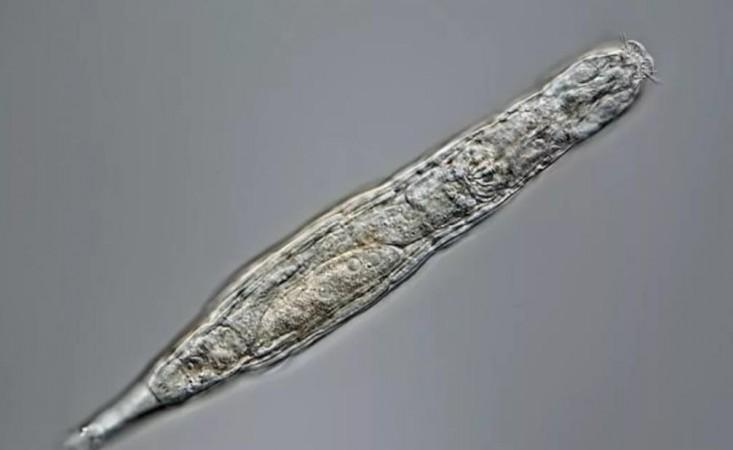A team of scientists from Russia has revived a tiny worm-like organism called a Bdelloid rotifer. The tiny living being was found in 24,000-year-old Siberian ice. Surprisingly, after thawing, the worm was able to eat and reproduce. The new discovery could shed vital clues into how to freeze multi-cellular tissues like organs, and it will help medical experts to bring revolutionary changes in the healthcare sector as humans move forward.
The future of cryptobiosis
"Our report is the hardest proof as of today that multicellular animals could withstand tens of thousands of years in cryptobiosis, the state of almost completely arrested metabolism," said Stas Malavin, a researcher at the Institute of Physicochemical and Biological Problems in Soil Science in Russia, in a recent statement.

In the study report published in the journal Current Biology, Malavin who is the co-author of the study called the survival of Bdelloid rotifer ''an incredible feat.''
"The takeaway is that a multicellular organism can be frozen and stored as such for thousands of years and then return back to life -- a dream of many fiction writers. Of course, the more complex the organism, the trickier it is to preserve it. For mammals, it's not currently possible," added Malavin.
Bdelloid rotifer: All you need to know
Bdelloid rotifers are widely considered the toughest living beings in the world, and they are known for their resistance to survive even in extreme environments. According to experts, Bdelloid rotifer could even withstand intense radiation, and can easily endure dehydration and low oxygen levels.
"If true, this would be an incredible result and extend the recorded ability of Bdelloid rotifers to survive freezing from 10 years to 30,000 years," Timothy Barraclough, a Professor of Evolutionary Biology told Insider.
However, Barraclough made it clear that the multicellular organism might have colonized the ice later than 24,000 years ago, or after the ice core was removed from the ground.

















